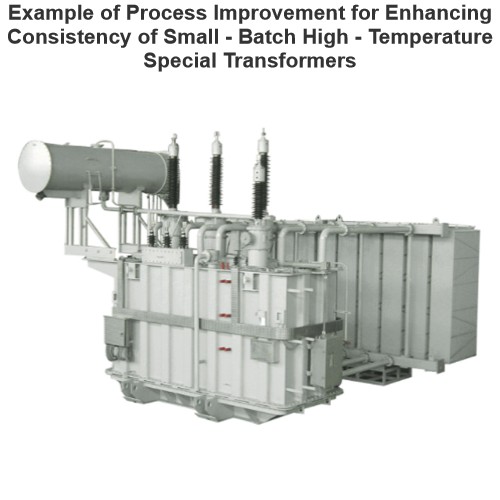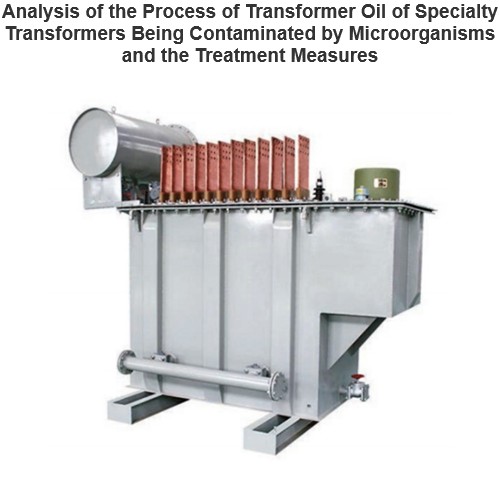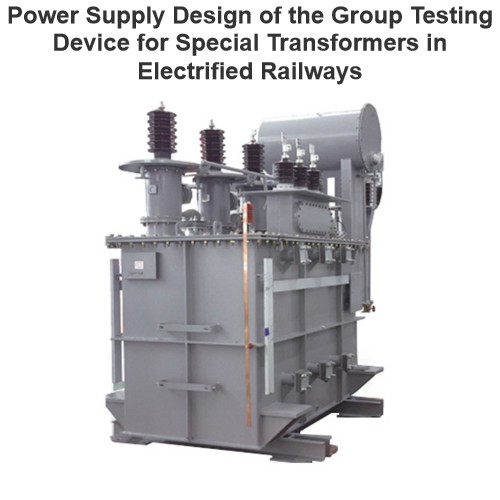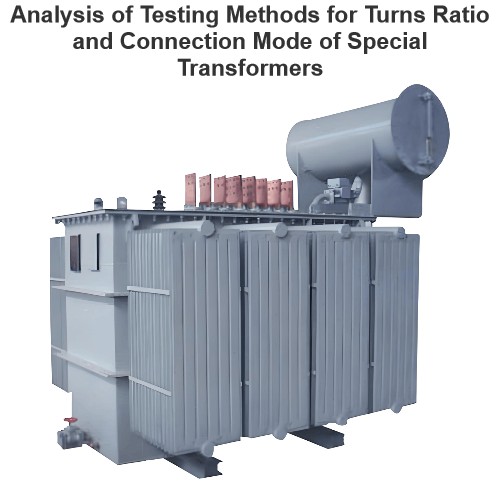Polarity Test of a Transformer – Circuit Diagram and Working
Edwiin
05/15/2025
Terminal Markings and Polarity Identification
Key Consideration

The circuit diagram of additive polarity is shown in the figure below.

Subtractive Polarity
Topics
Hello,I'm Wdwiin. A decade of hands-on experience in electrical engineering, specializing in high-voltage systems, smart grids, and renewable energy technologies. Passionate about technical exchange and knowledge sharing, committed to interpreting industry trends with professional insights to empower peers. Connection creates value—let’s explore the boundless possibilities of the electrical world together!

Example of Process Improvement for Enhancing Consistency of Small - Batch High - Temperature Special Transformers
Given the lack of manufacturers for such transformers on the market, we design them in - house. We provide technical specs to partners, specifying materials like high - temp enameled wires.Electrical signals from downhole logging tools, transmitted via these transformers, impact formation - to - surface signal reliability. Thus, improving transformer consistency boosts signal uniformity, enhancing logging tool accuracy and our market competitiveness.Our common signal transformers are EI - type,
Vziman
07/28/2025

Analysis of the Process of Transformer Oil of Specialty Transformers Being Contaminated by Microorganisms and the Treatment Measures
1 OverviewCases of transformer oil contaminated by microorganisms have been reported both domestically and internationally. Individual transformer manufacturers, user units, and research institutions have conducted specialized studies, but all focused on power transformers. This paper targets specialty transformers for specific applications (e.g., rectifier transformers for graphitization furnaces, submerged arc furnace transformers), exploring the process of microbial contamination of their tra
Rockwell
07/28/2025

Power Supply Design of the Group Testing Device for Special Transformers in Electrified Railways
1 Hardware Design of Tester Power SupplyThis device uses a standard small - signal generating device to generate small - current signals with the required frequency and phase angle. Then, through the amplifying circuit and phase - modulating circuit, the working power supply is generated.1.1 Power Frequency Sine Wave Small - Current Signal Generating DeviceThe sine wave generating circuit is mainly composed of the waveform generating chip MAX038 produced by MAXIM Corporation of the United States
Ron
07/28/2025

Analysis of Testing Methods for Turns Ratio and Connection Mode of Special Transformers
1 Error Analysis of Traditional Turn Ratio Testing MethodsThe QJ35 turn ratio bridge and other single-phase-phase-based testers all use the double-voltmeter principle. The QJ35, however, eliminates power supply fluctuation interference via bridge balance. For three-phase transformer ratio testing with a single power supply, corresponding terminals must be shorted and data converted, turning three-phase tests into independent single-phase measurements, with √3 Yd conversion based on connect
Felix Spark
07/28/2025














